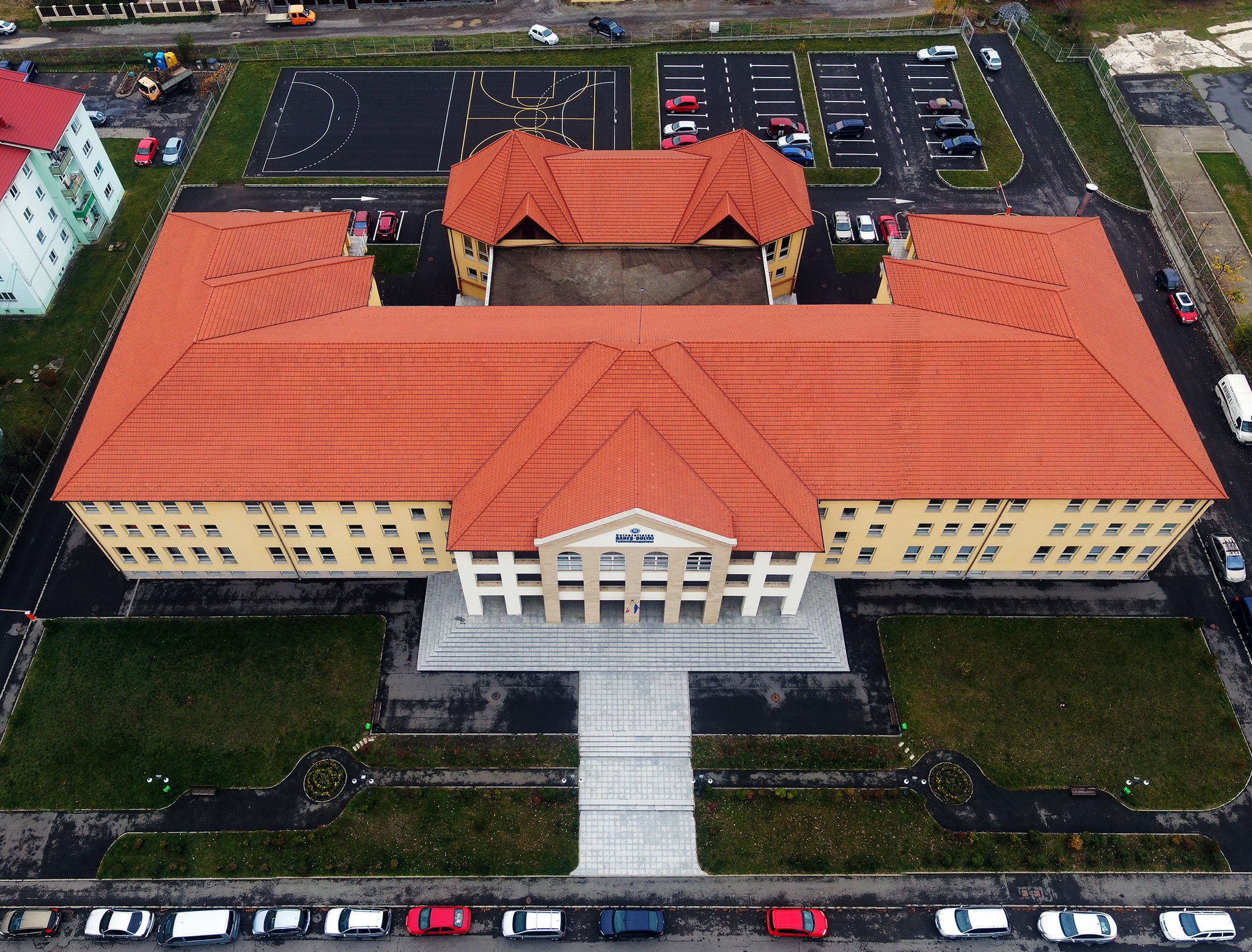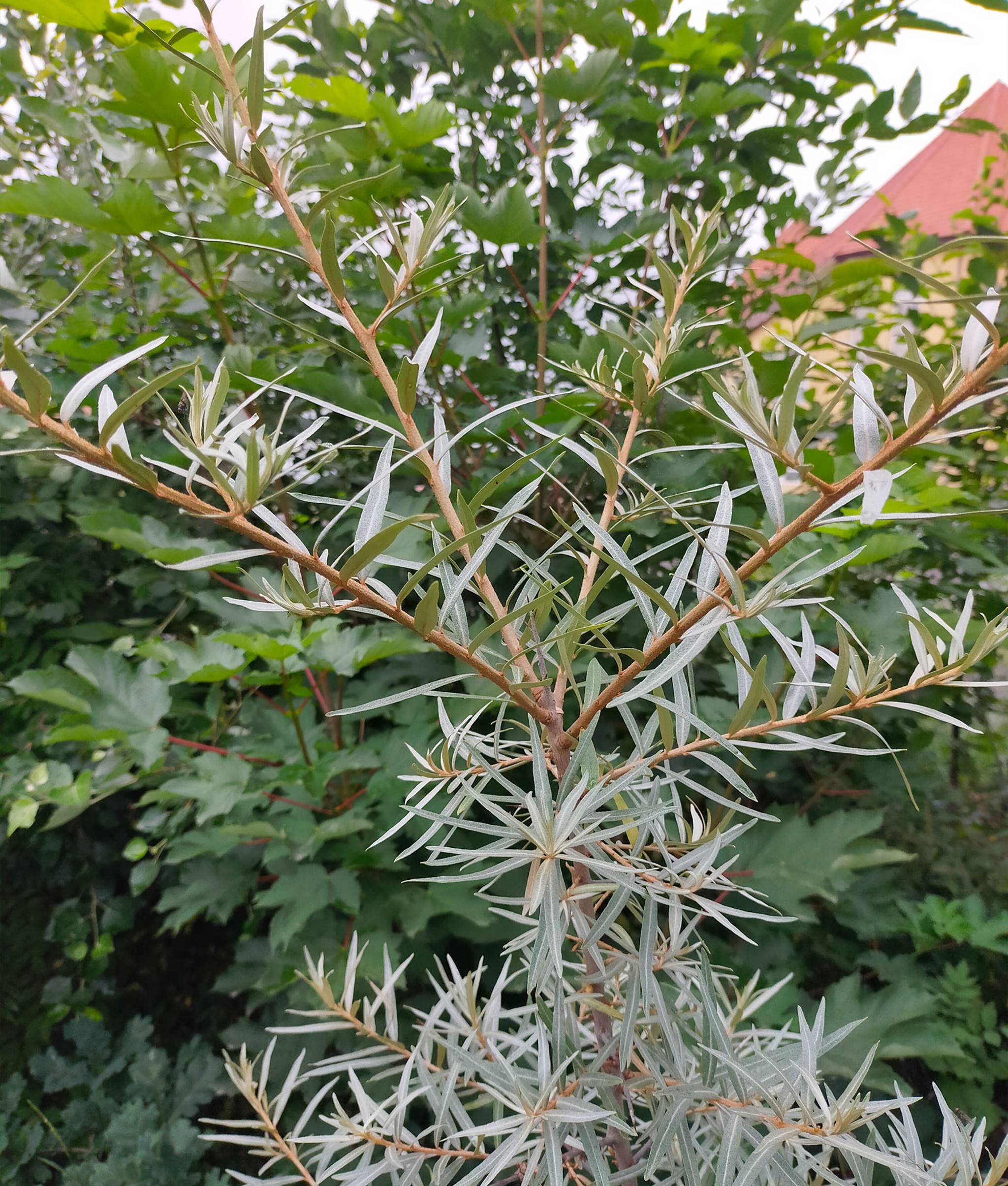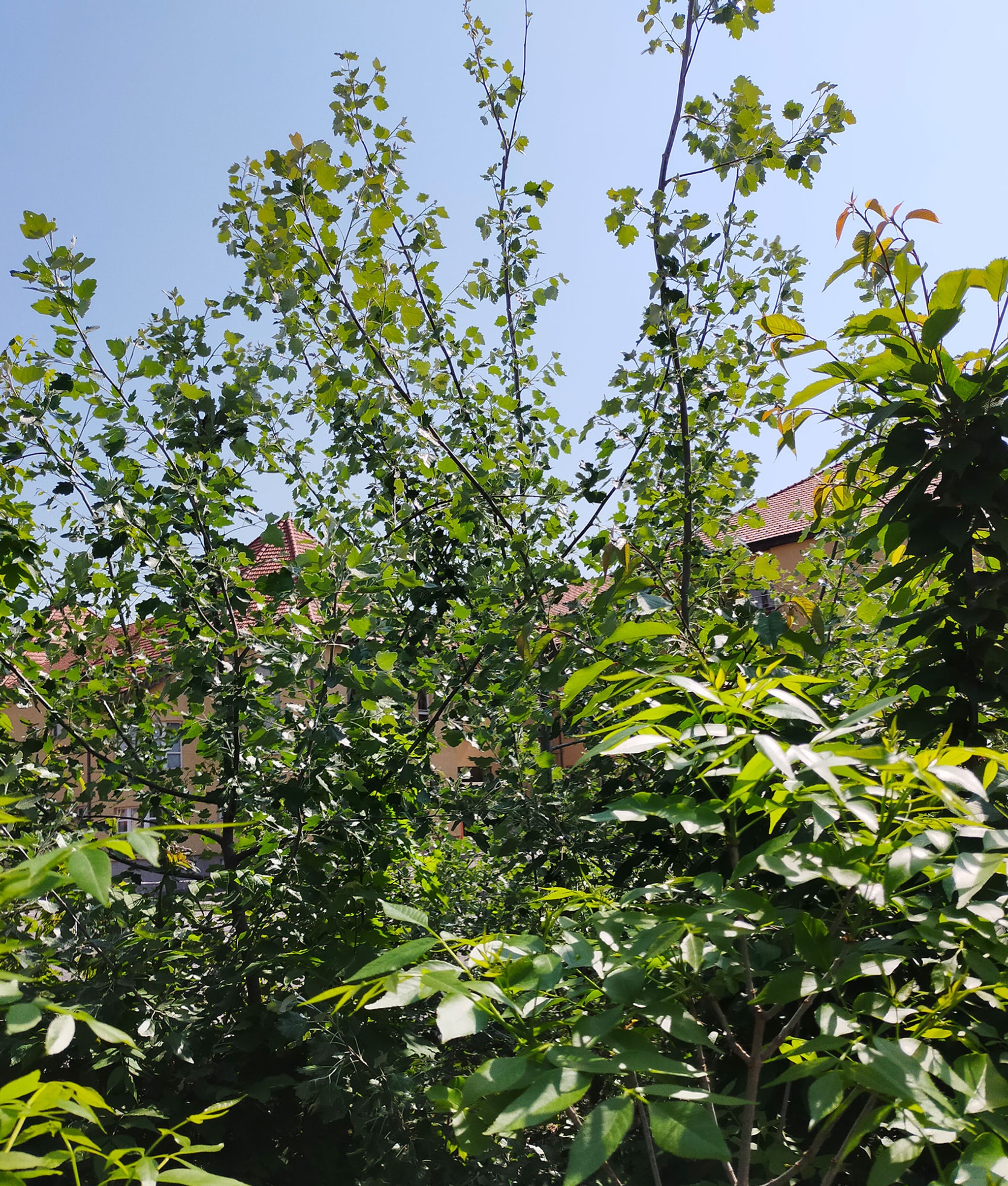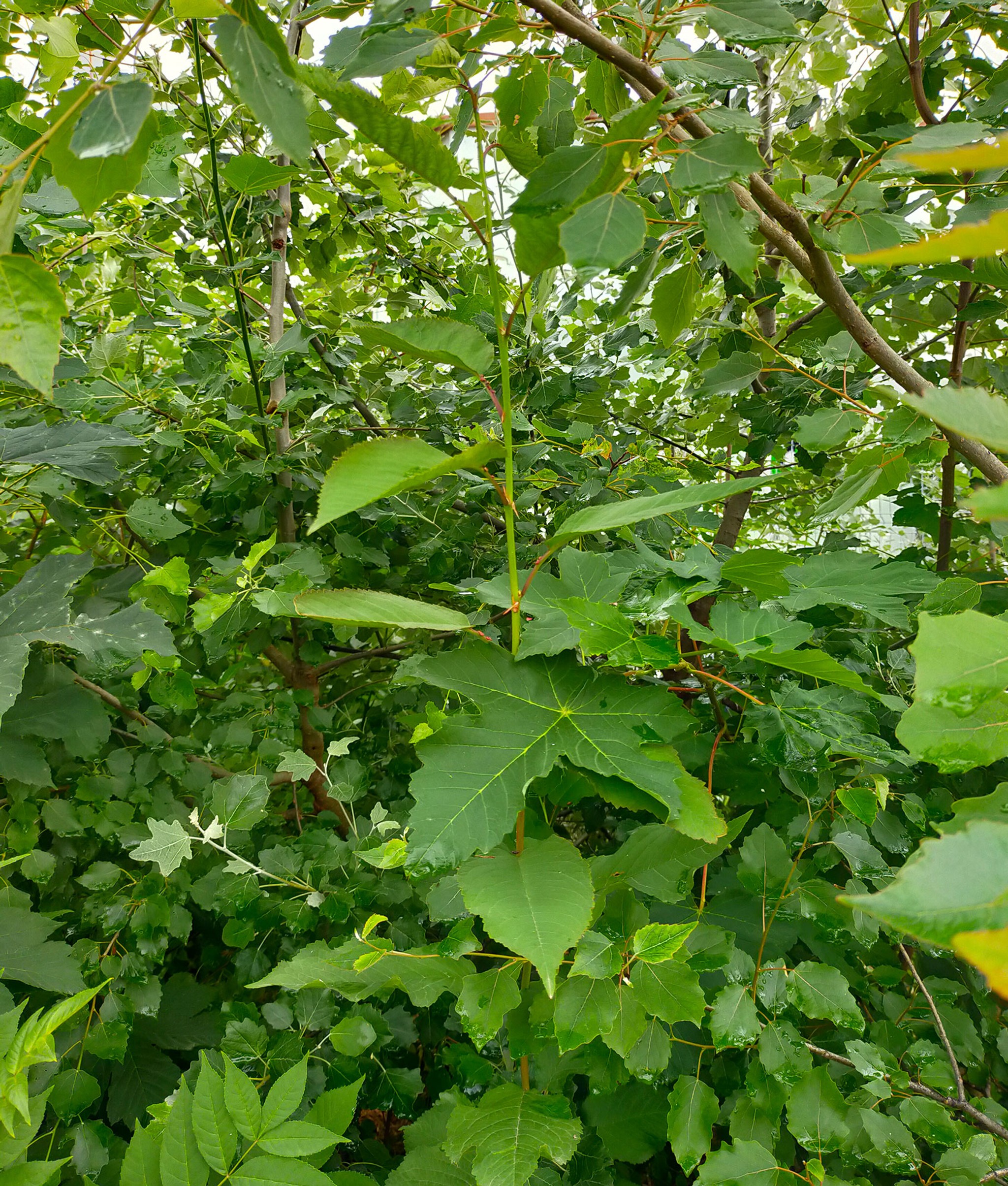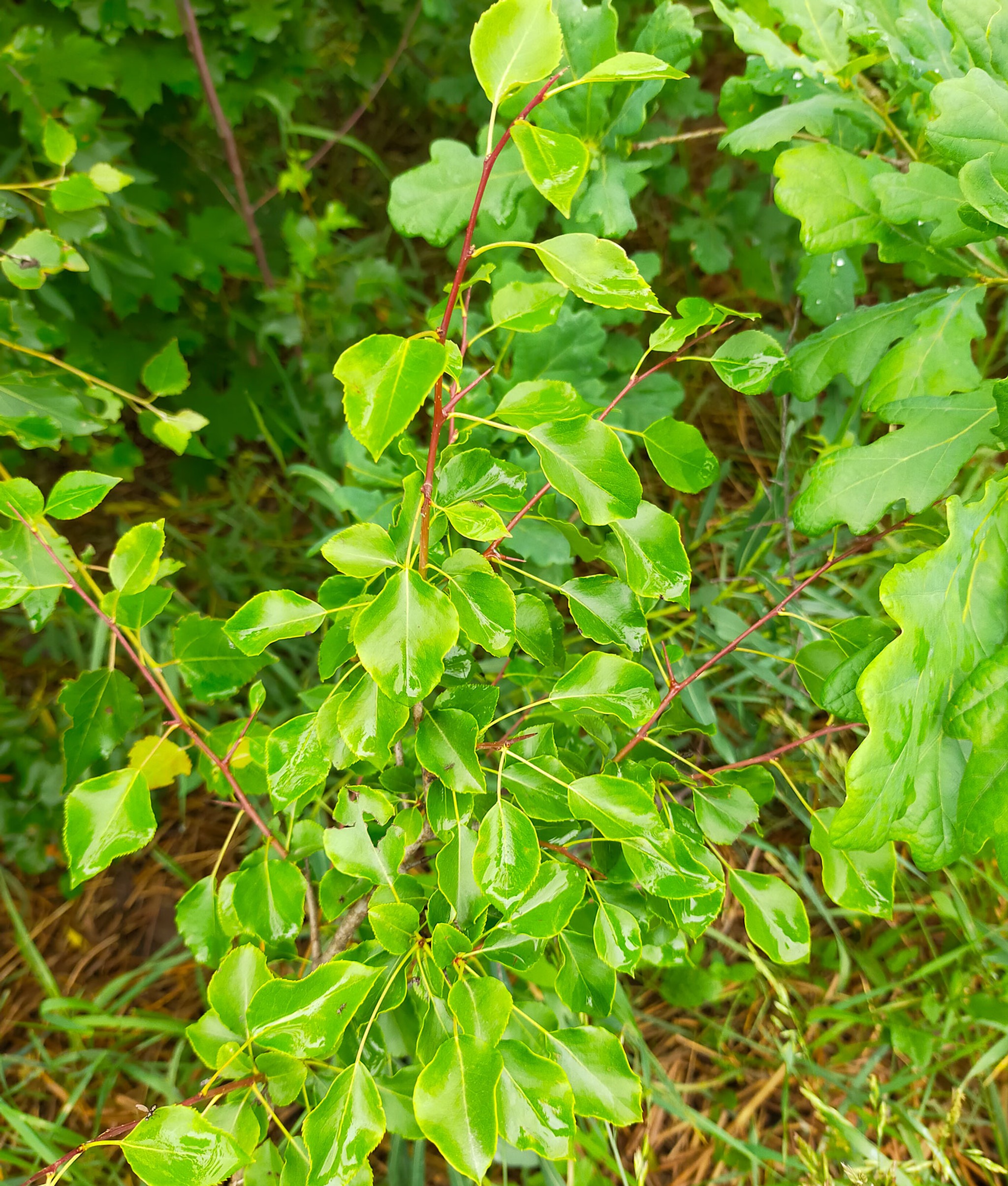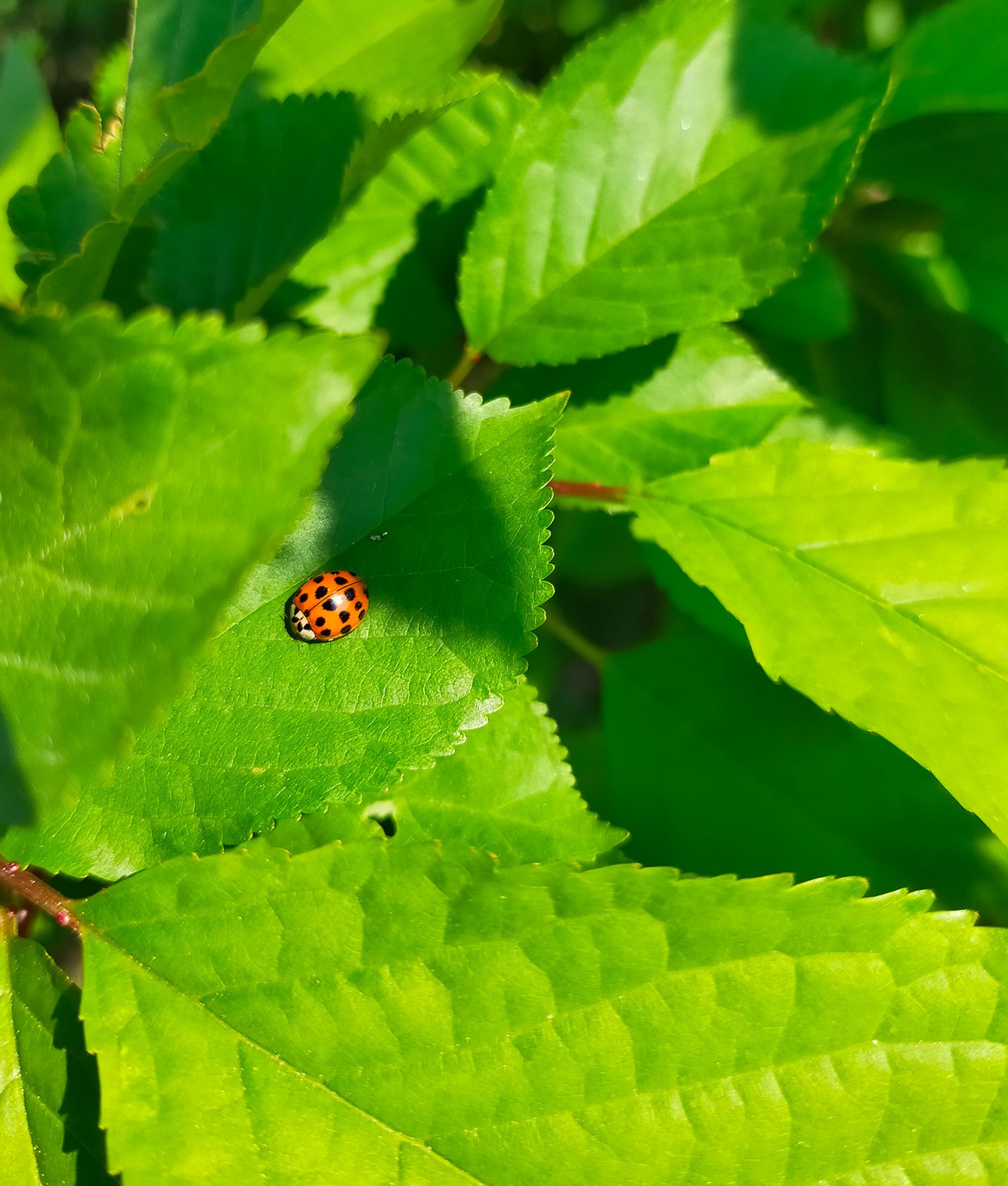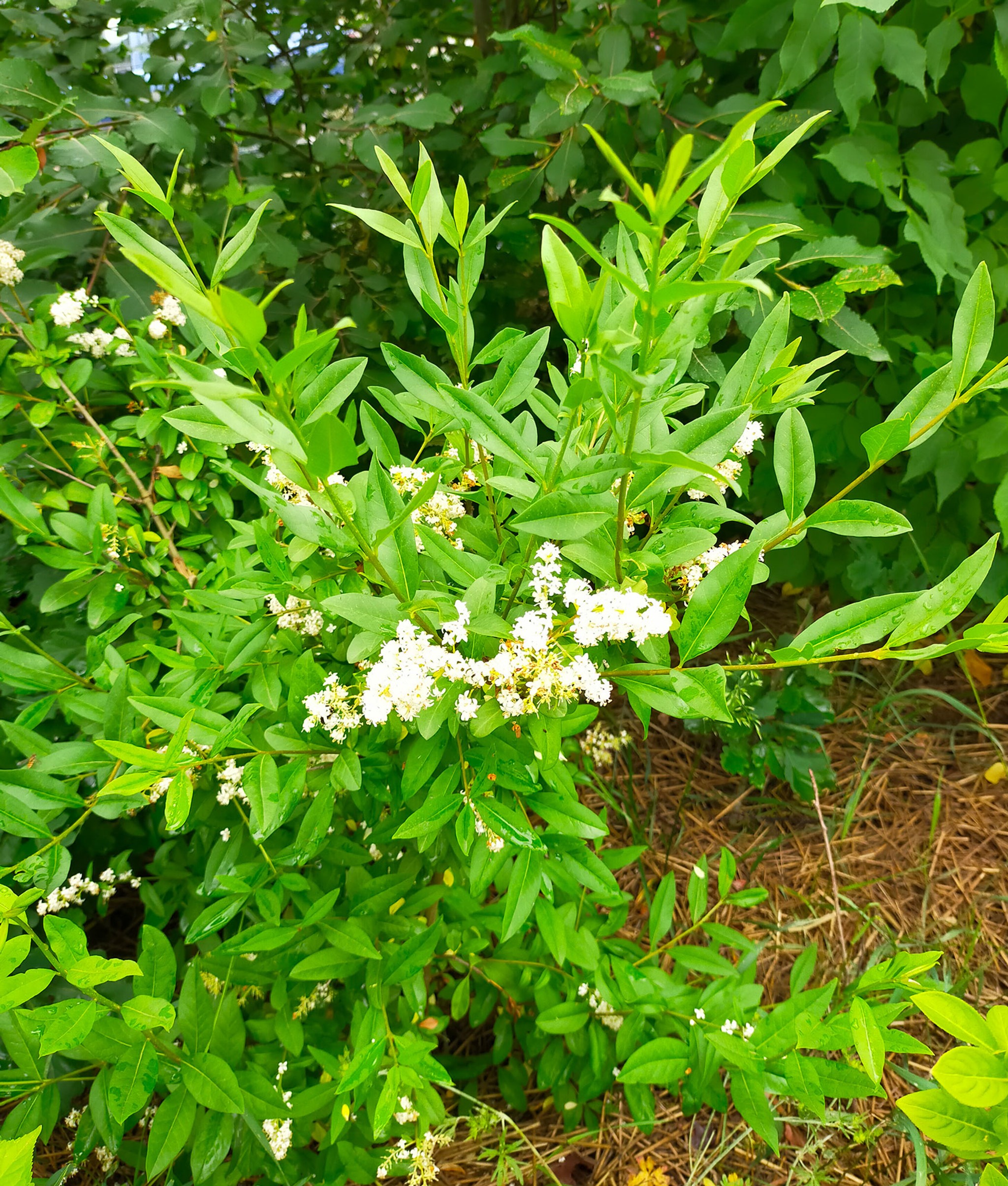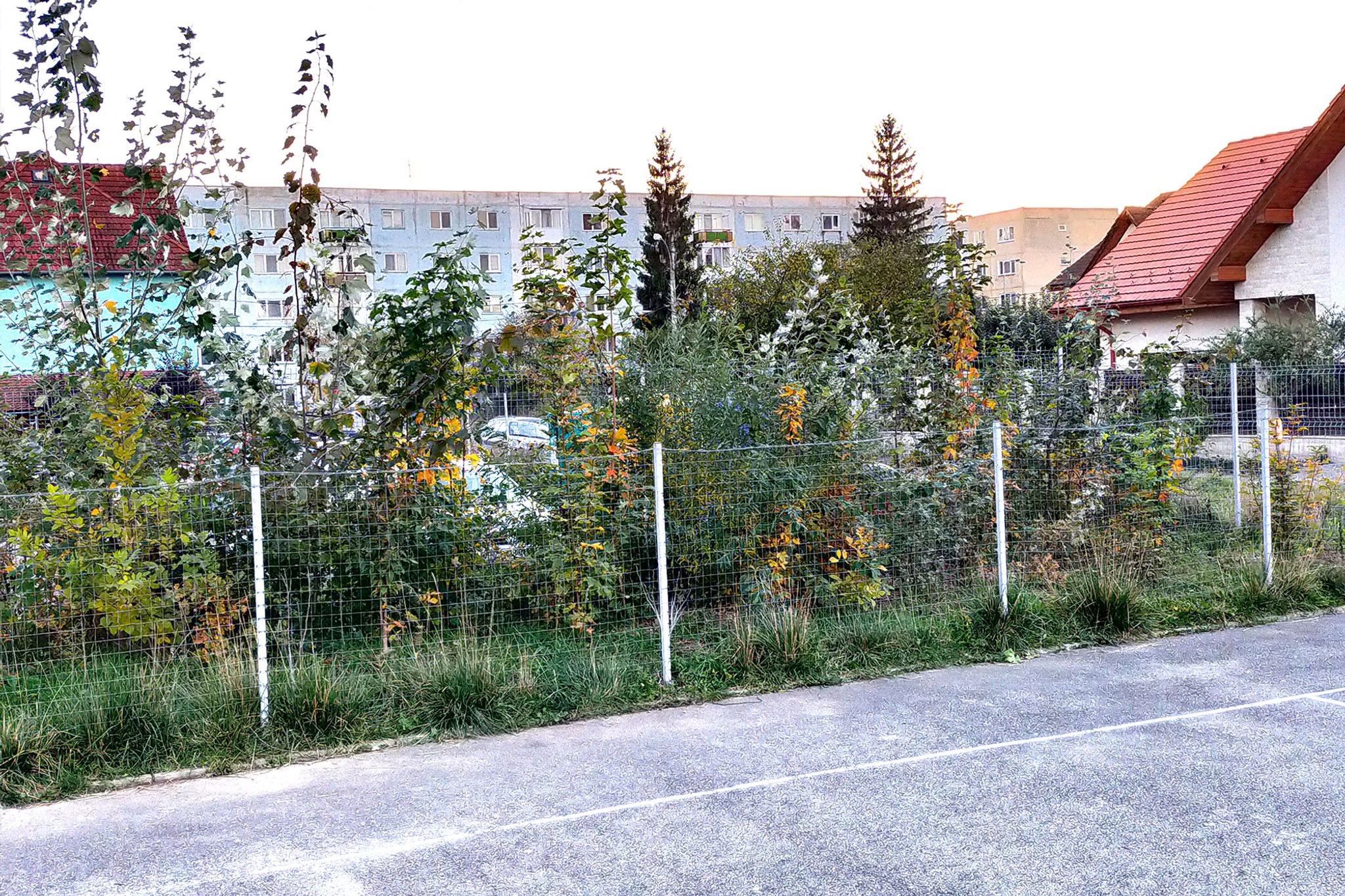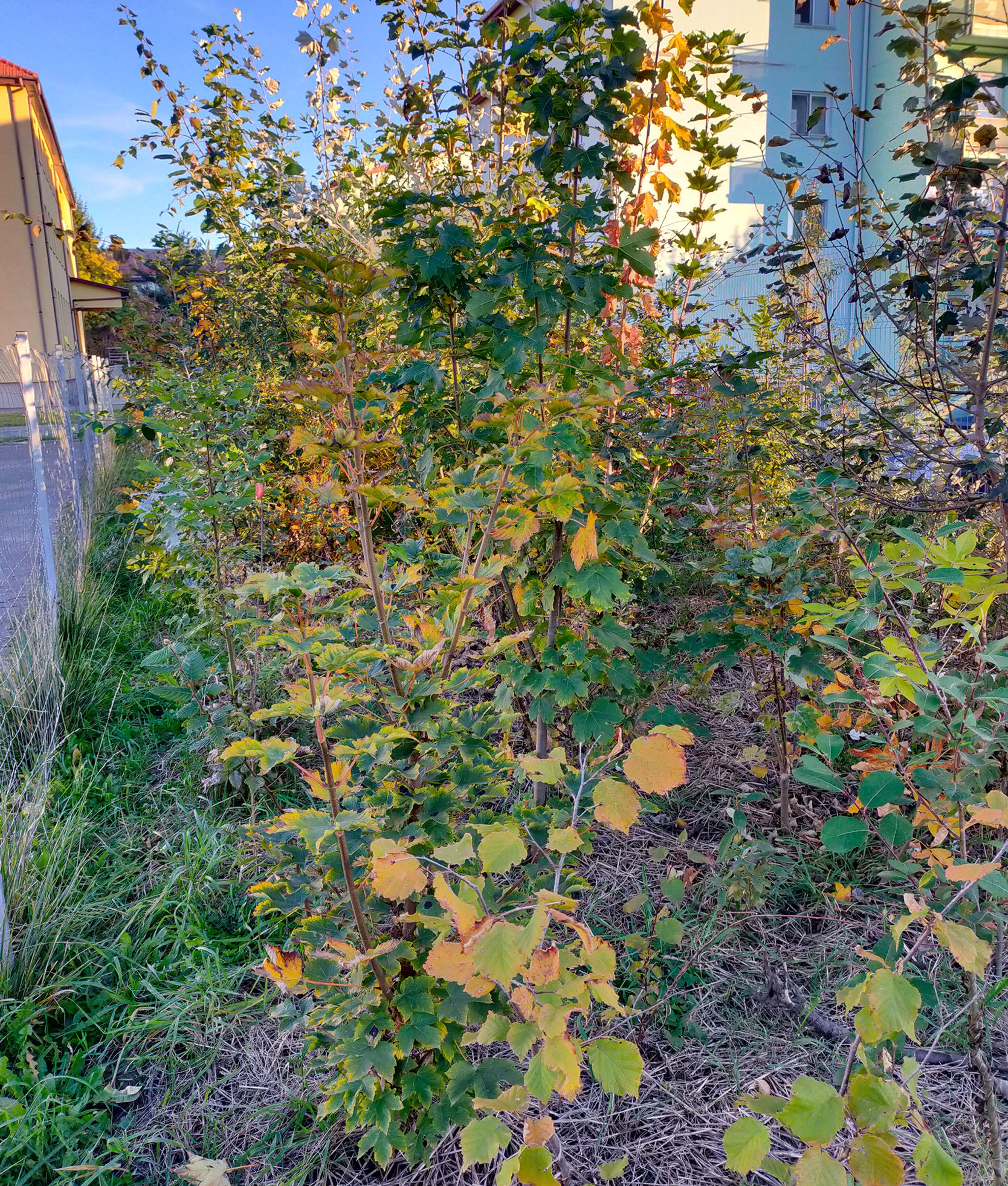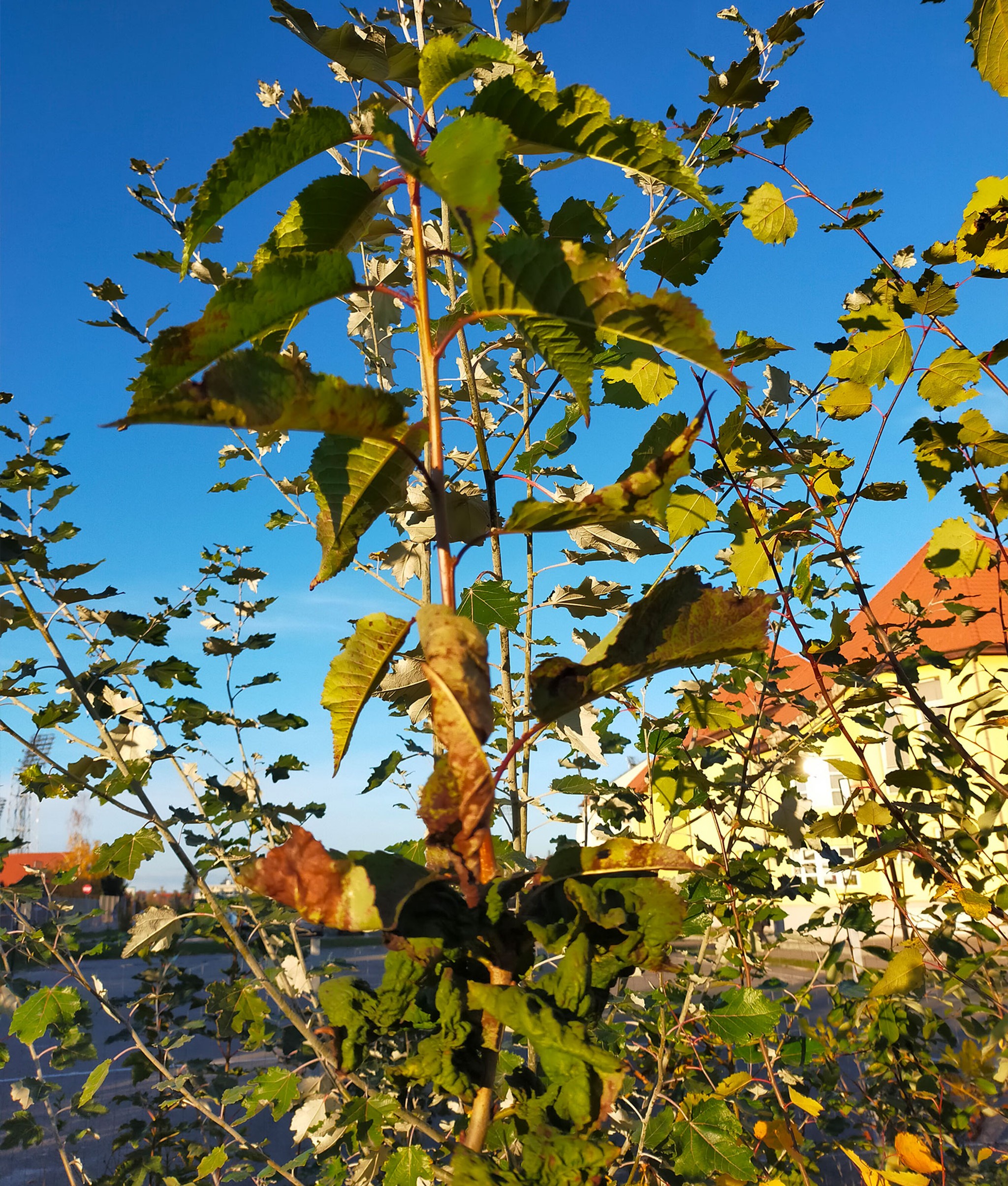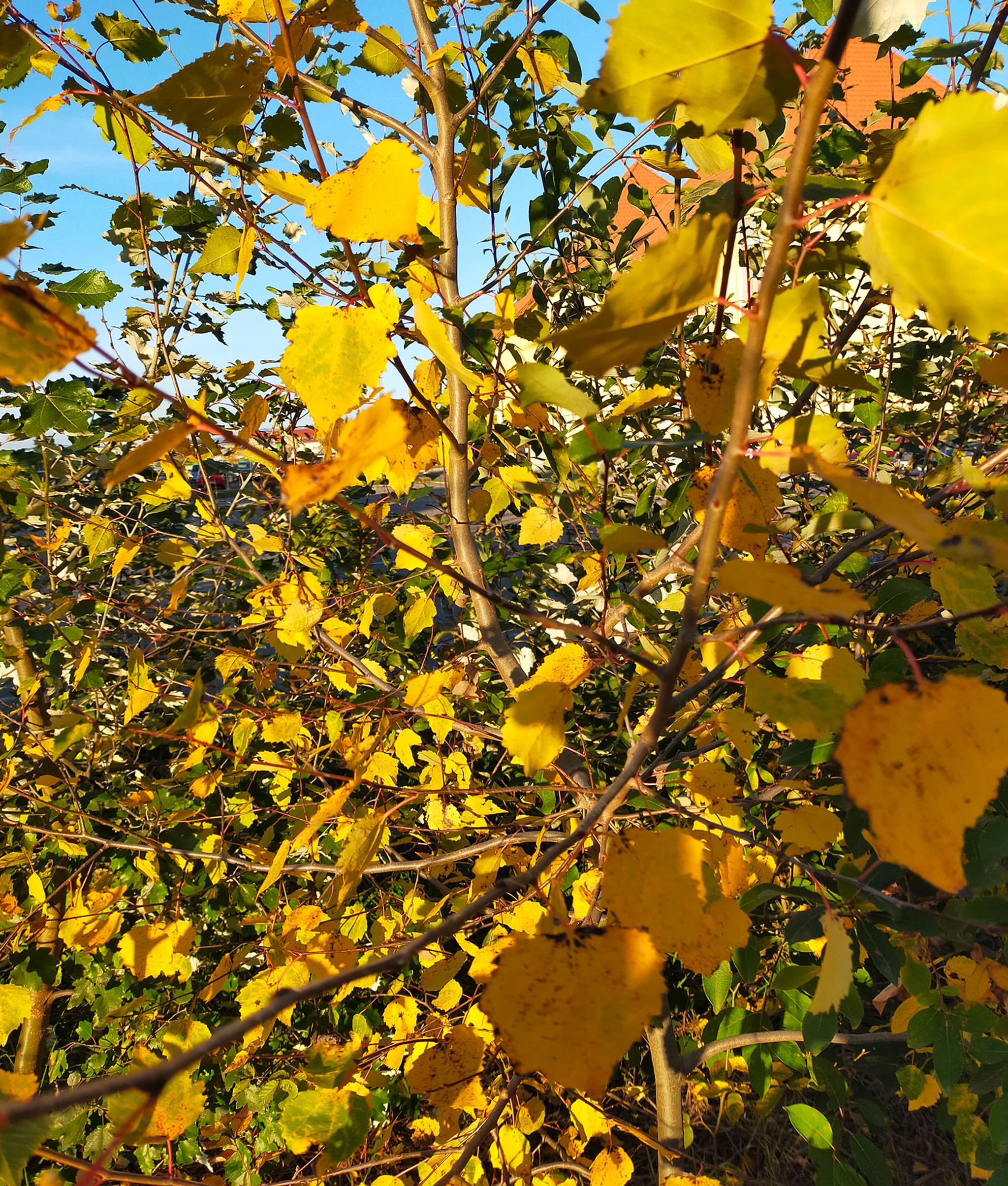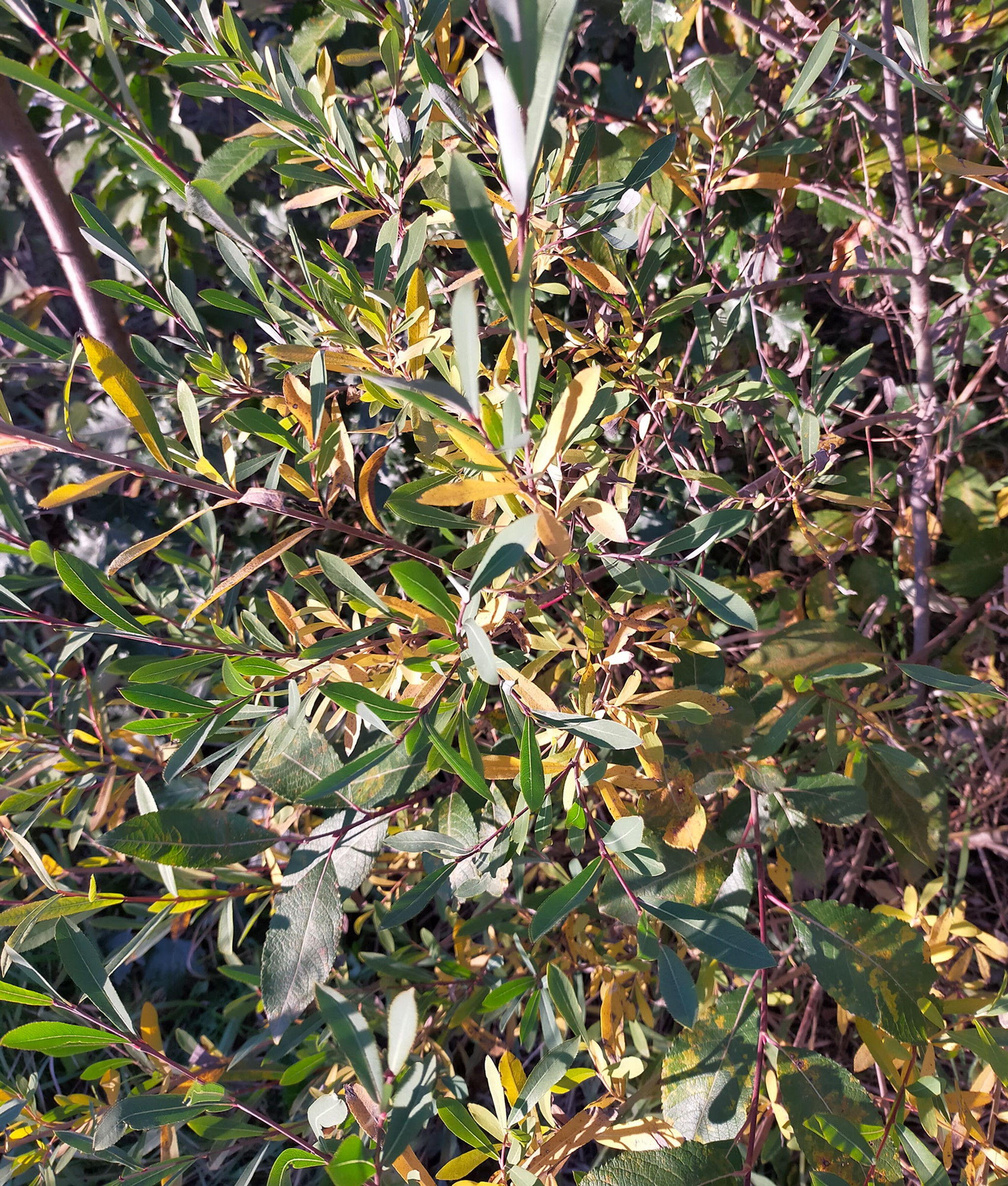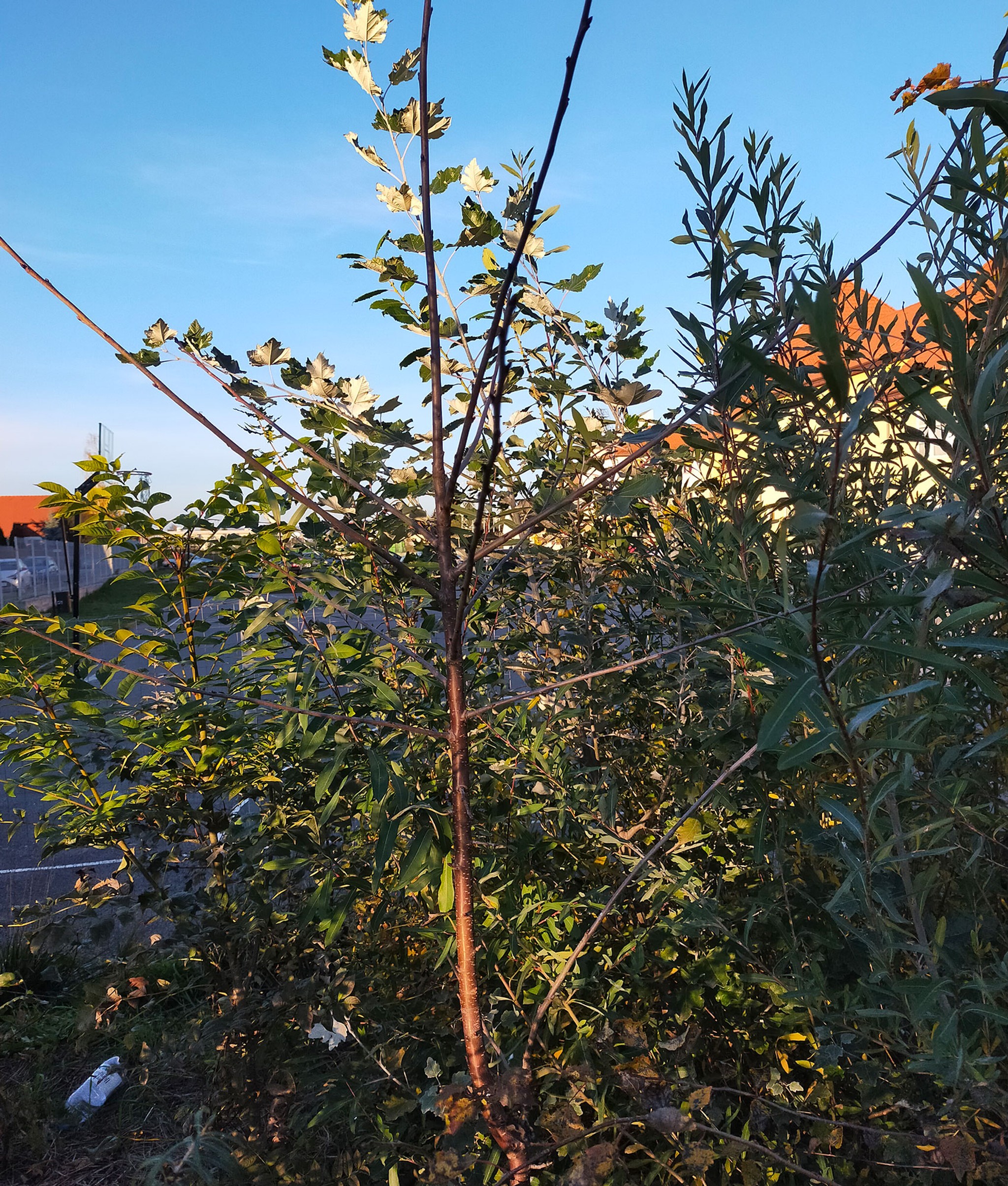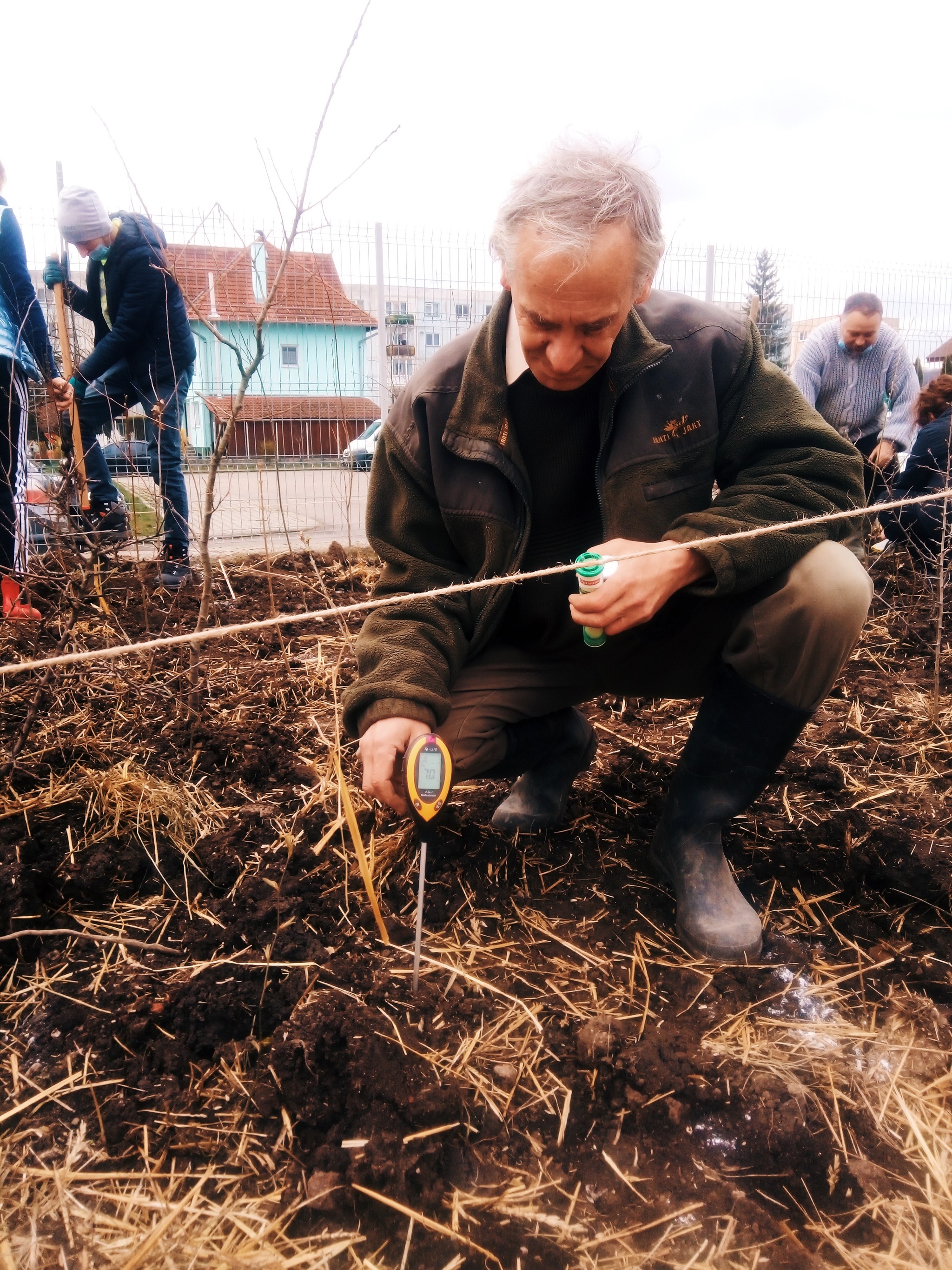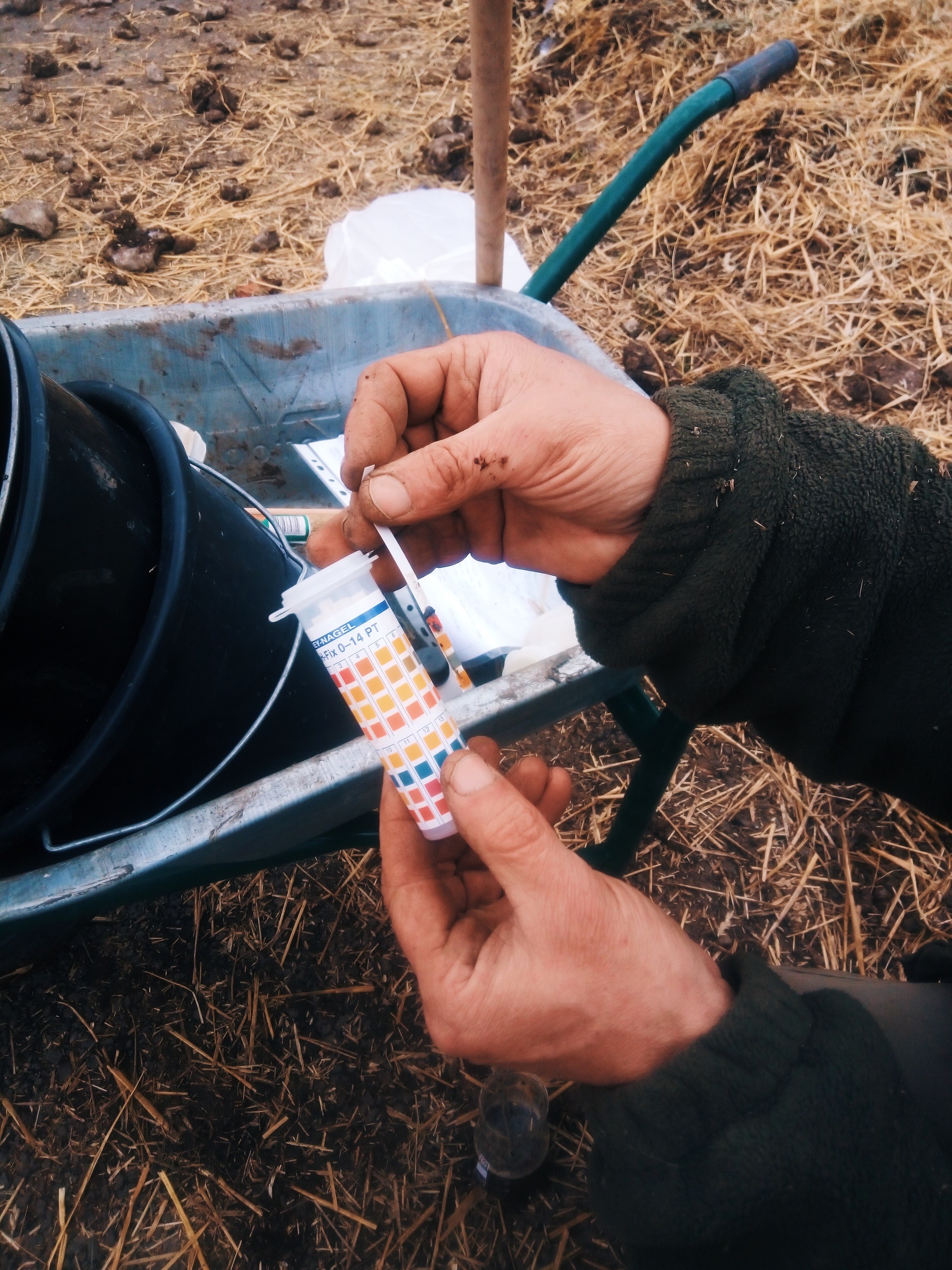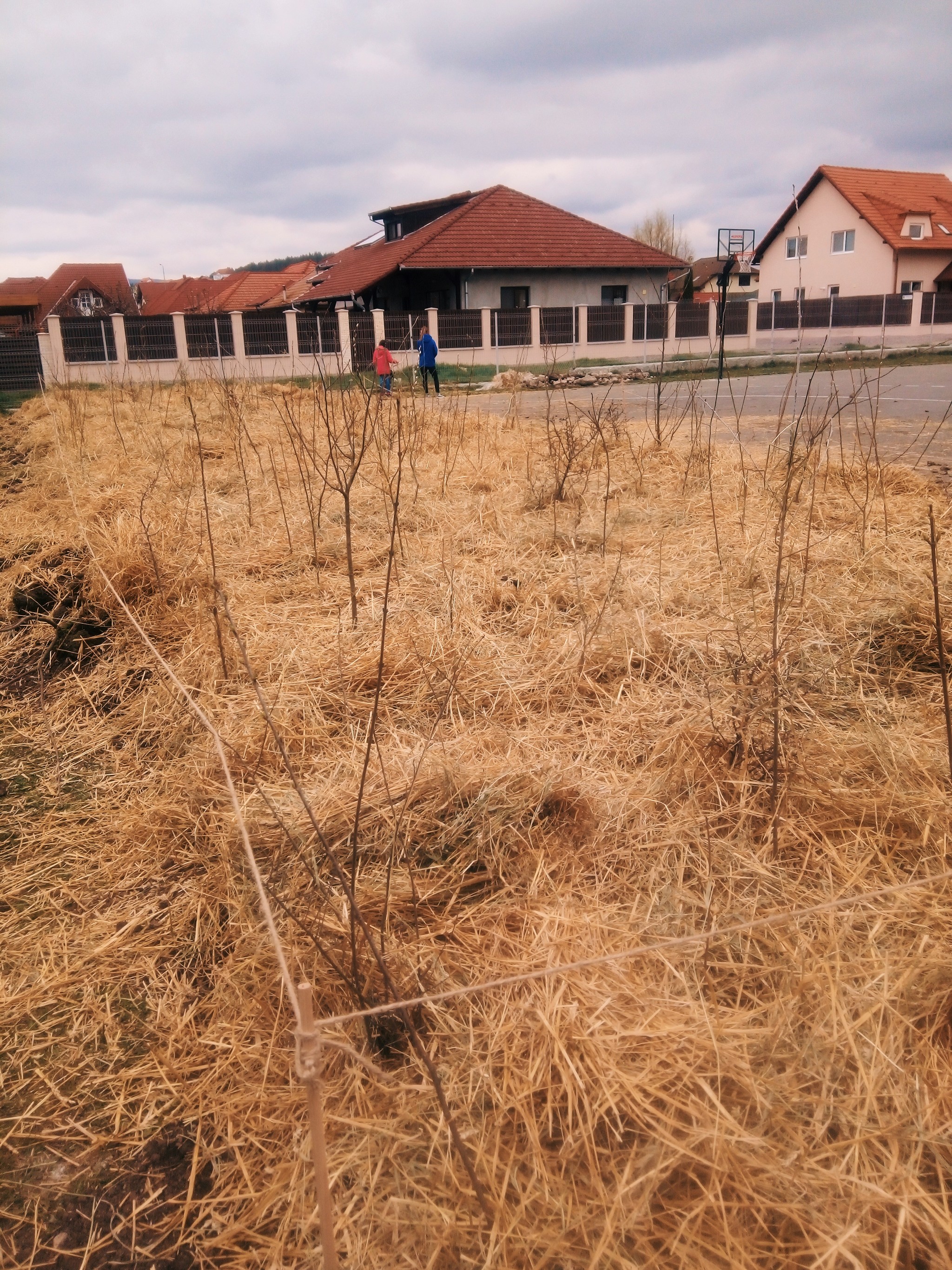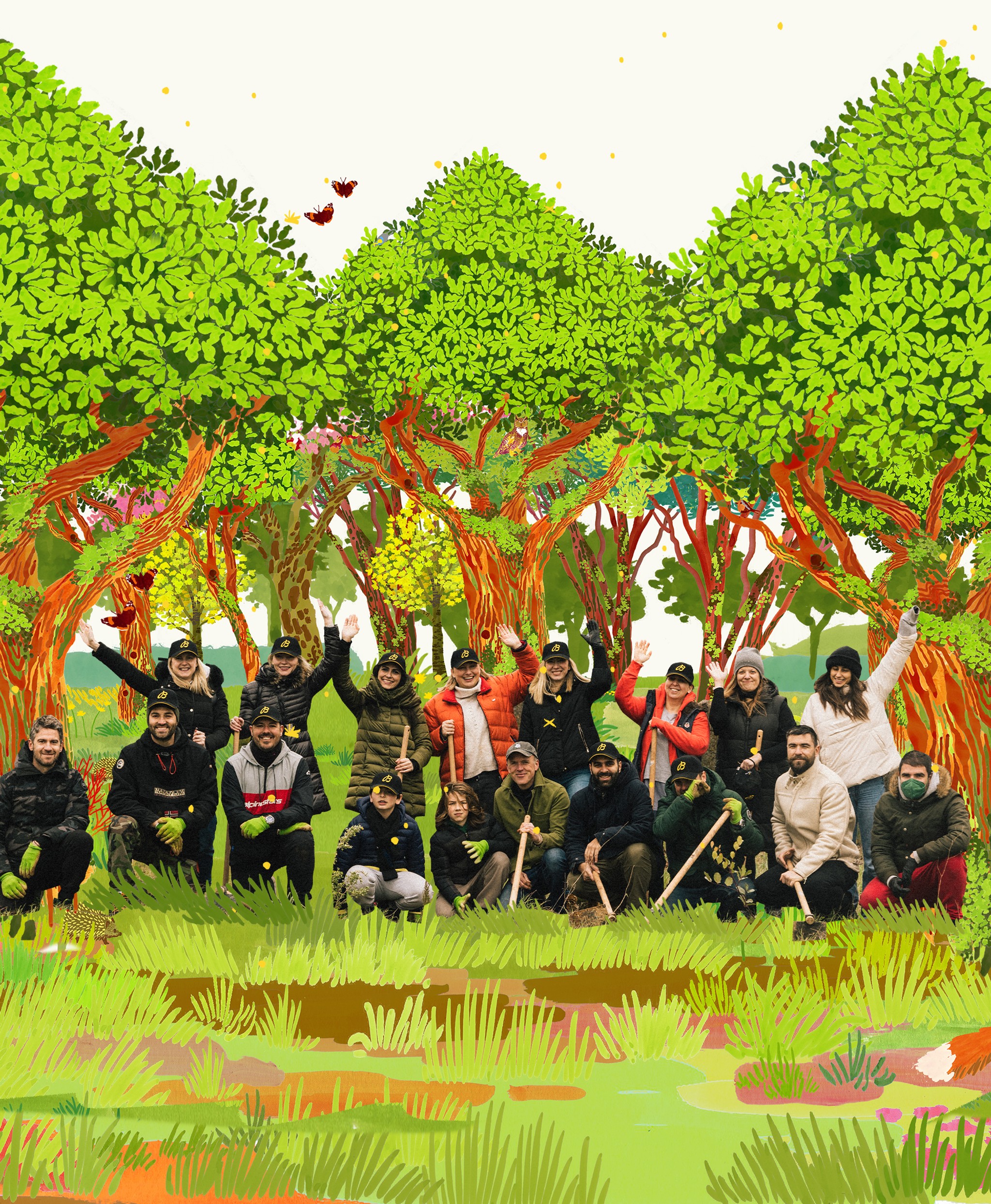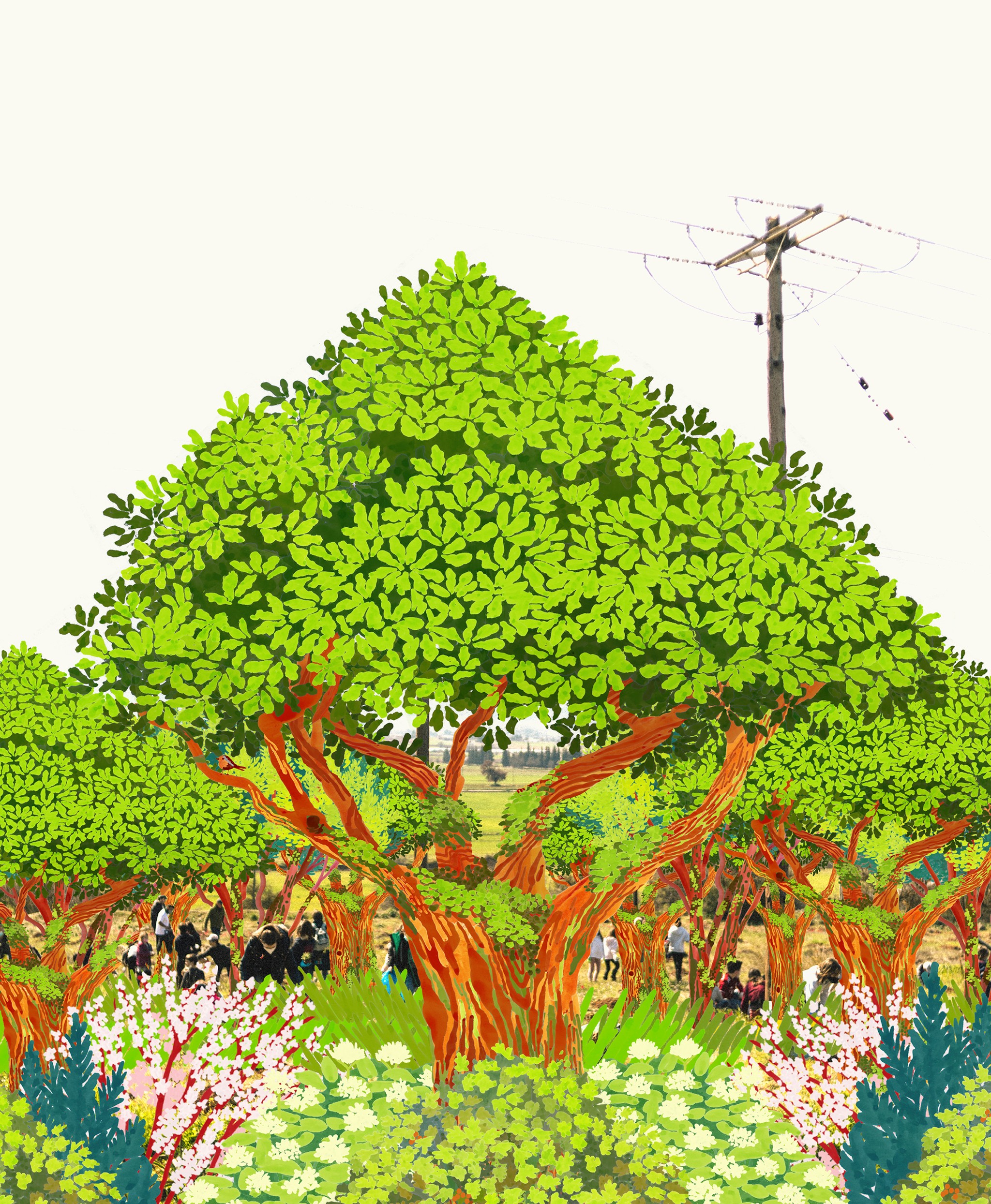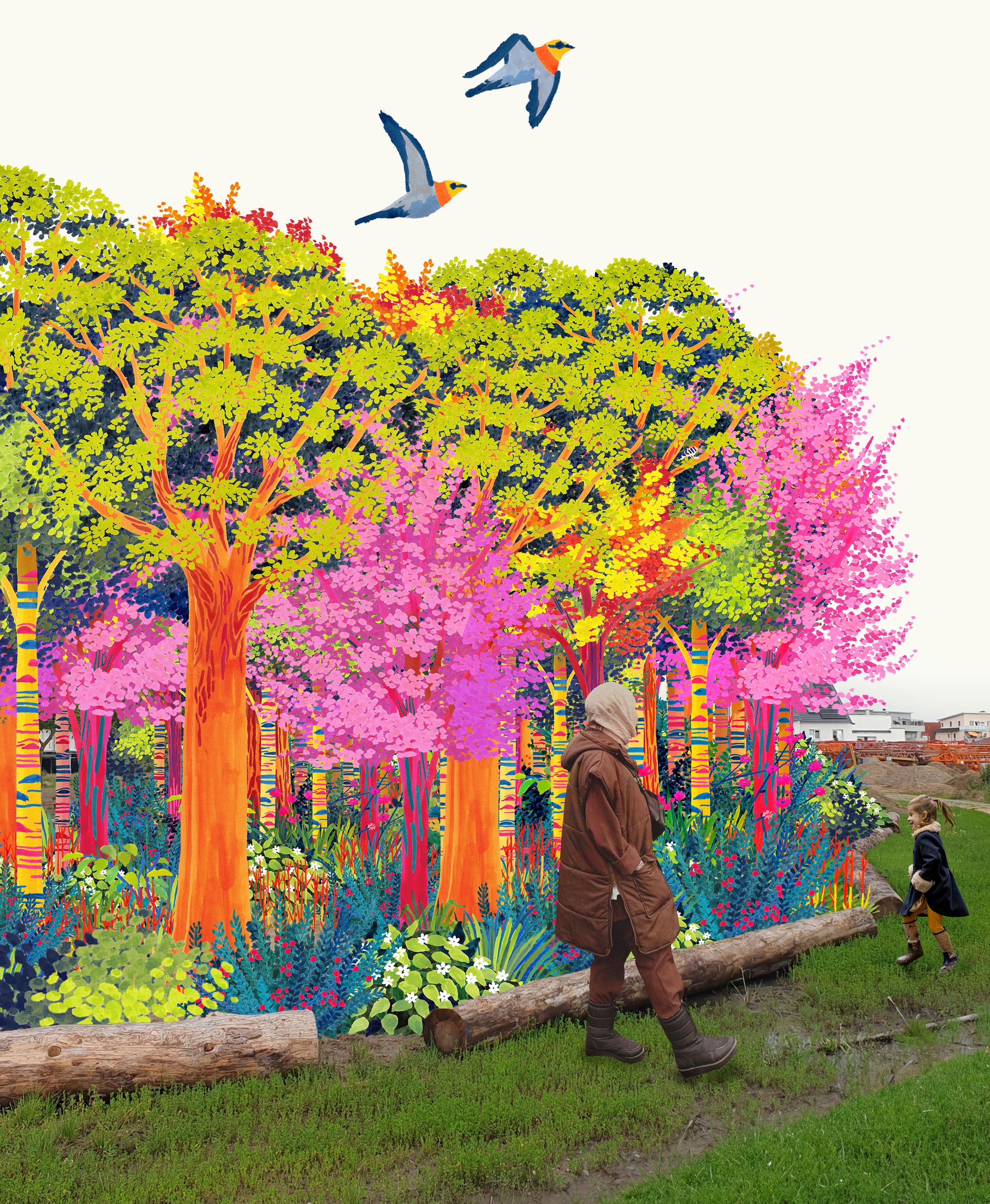University Forest
Studying the Miyawaki Forestry Method.
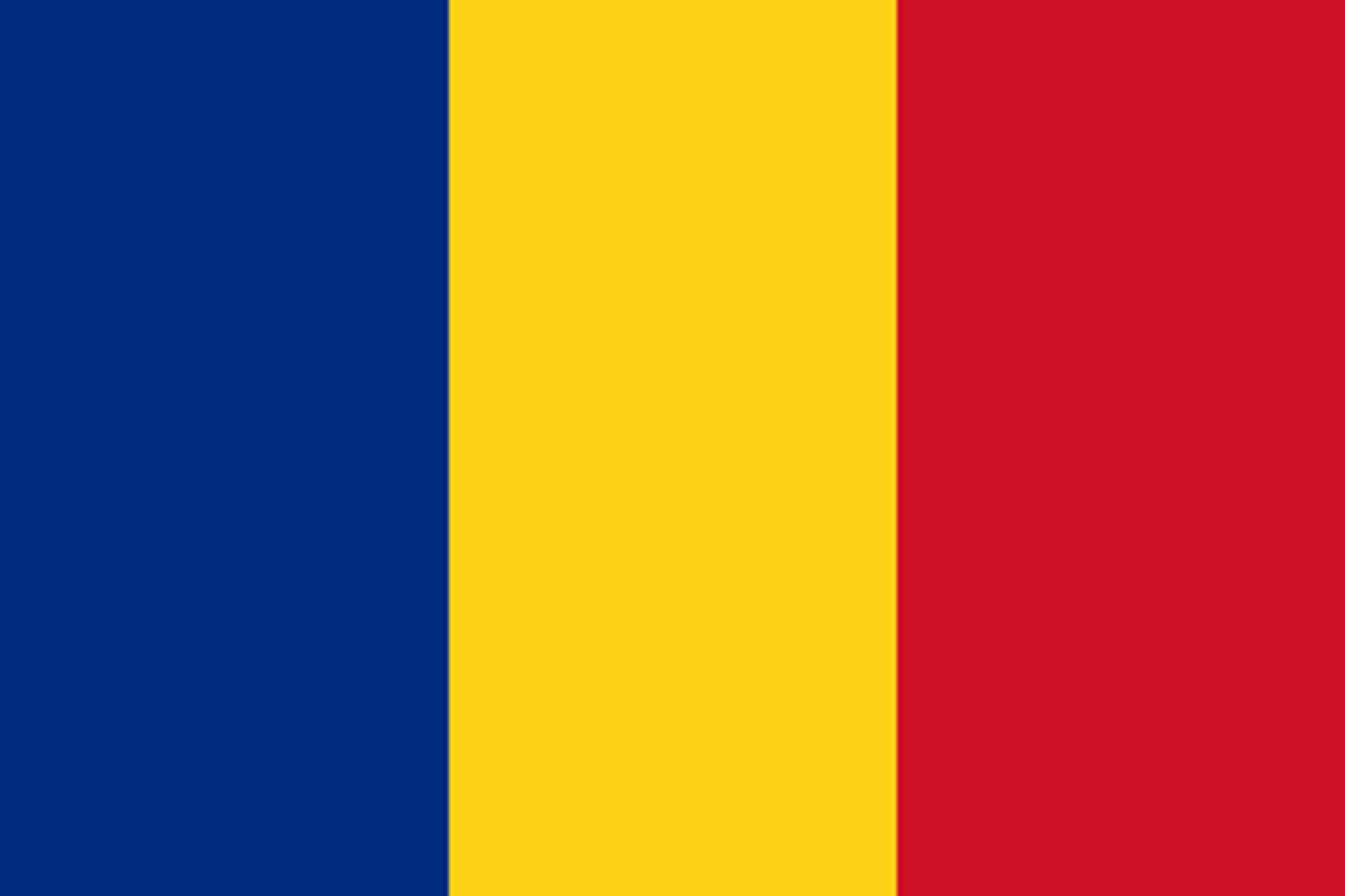
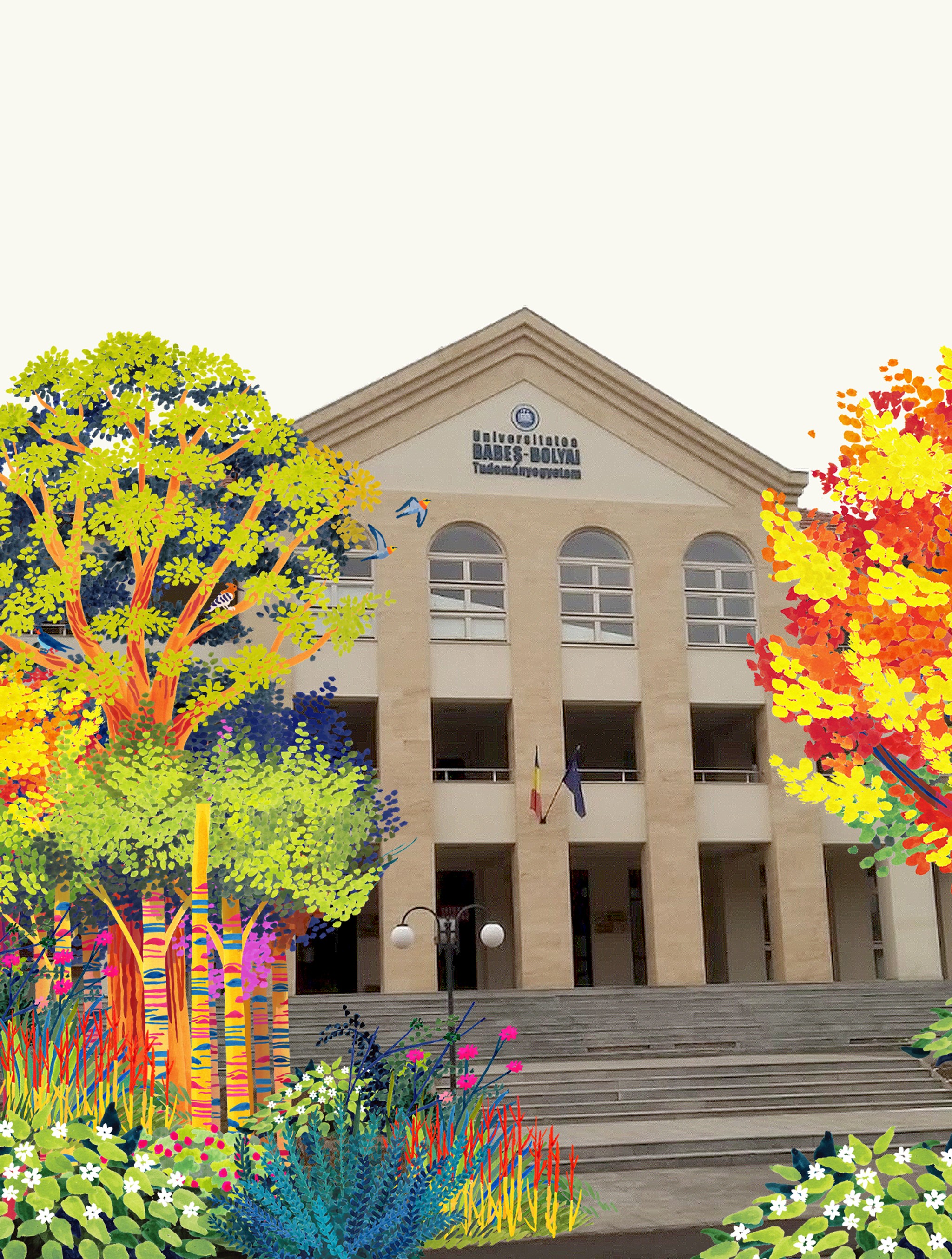
0
Trees
0
Square Meters
0
Native Species
Self Sustaining Forest
University Forest, planted in April 2021, has surpassed expectations after a slow start. Initially hampered by its challenging environment, the forest has bounced back and now thrives as a robust, flourishing ecosystem.
Towering white poplars (Populus alba) and other plant species create a dense habitat that supports a variety of insects, including hoverflies, ladybirds, and bees. Biodiversity thrives, with sparrows (Passer domesticus) and ant bag beetles (Clytra laeviuscula) among the species calling the forest home. This vibrant ecosystem serves as both a haven for wildlife and an inviting space for students to explore and enjoy.
Forest Maker
Tivadar Balázs


Ecosystem Restored
Final report: 18.12.2024
After approximately three years our SUGi Pocket Forests become self-sustaining. They no longer require human maintenance or watering, and can be handed over to Nature for biodiversity and complexity to naturally develop.
0%
Survival Rate
0
People living within 300 meters
0
kg of potential CO2 sequestration
Biodiversity
Biodiversity is all the different kinds of life you'll find in one area—the variety of animals, plants, fungi, and even microorganisms like bacteria that make up our natural world. Each of these species and organisms work together in ecosystems, like an intricate web, to maintain balance and support life.
0
Potential number of mammals
0
Potential number of birds
0
Potential number of amphibians
Forest Report: 2023
0 Years
Forest Age
0%
Survival Rate
0m
Average of Tallest 3 Trees
Biodiversity Notes:
Forest Report: 2022
0 Years
Forest Age
0%
Survival Rate
0m
Average of Tallest 3 Trees
This forest is now doing very well after experiencing challenges in its first year that led to a lower survival rate than expected. Survival rate was 66% in year 1 but after replanting failed saplings, survival rate is now in line with where Miyawaki forests should be.
The tallest trees - white poplars (Populus alba) - are now well over 4m and the largest girth of this species is 23.5cm. It is reassuring to see that even for forests that have challenging starts, with the right care they can recover and thrive.
Biodiversity Notes:
Biodiversity is starting to flourish in this forest with the following species identified: sparrows (Passer domesticus), hoverflies (Fam. Syrphidae), ladybugs (Coccinella septempunctata), bees (Fam. Apoidea) and ant bag beetles (Clytra laeviuscula).
Planting: April 2021
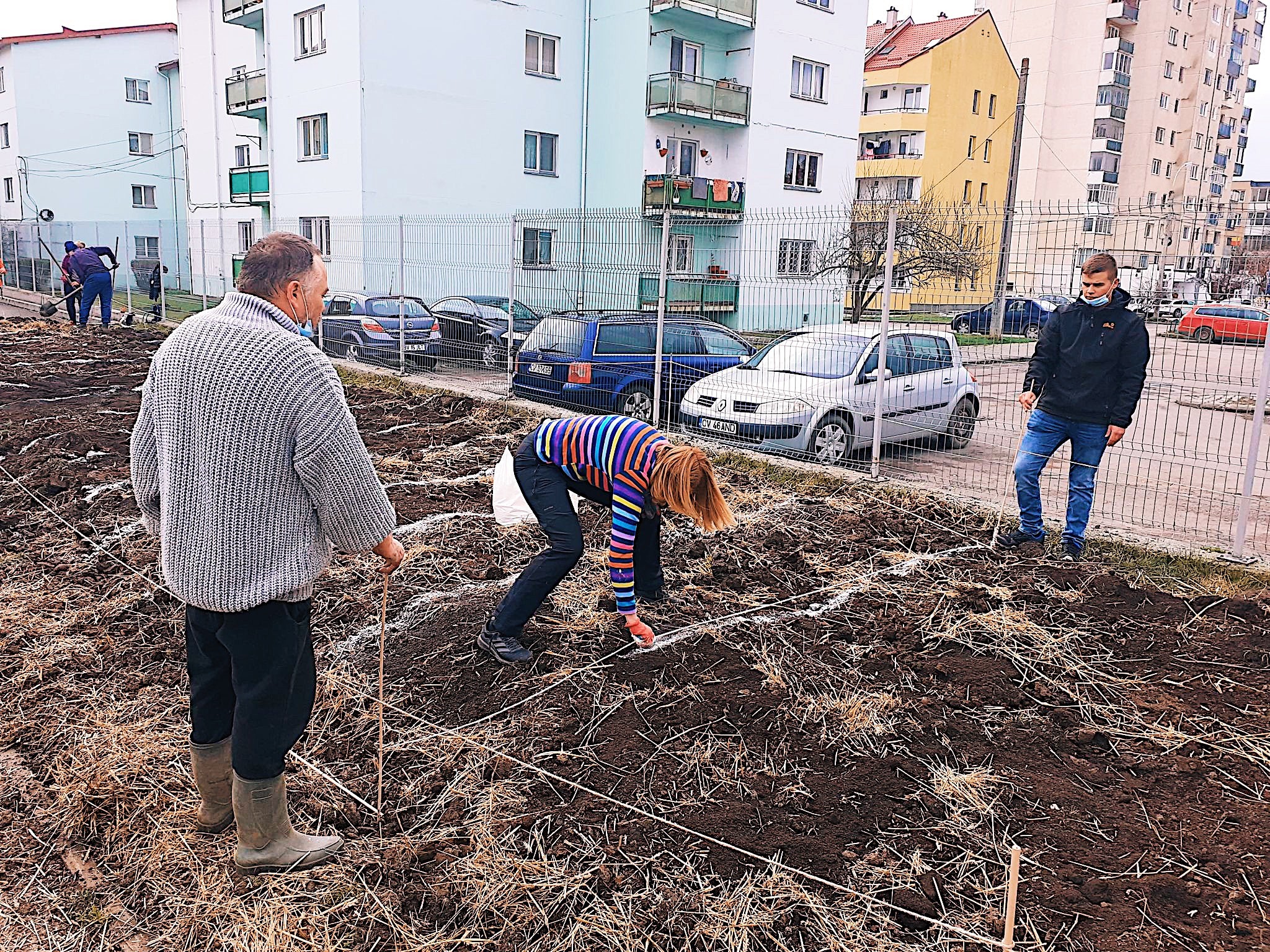
History
Babeș-Bolyai University has officially been ranked a four-star university, after a QS Star evaluation at the beginning of 2018. Also, the Babeș-Bolyai University was found to be the top Romanian university based on the University Metaranking of 2016.The plantation site is at an extension faculty that is in a town of 54.000 citizens called Saint George.Saint George is the capital of a county in the traditional region called Transylvania and it is located in the central region of Romania where the Eastern Carpathian Mountains meet the Southern Carpathians.The presence of this university is a relatively new development in the town. It is just ten years old. It has however brought new opportunities to the youth of the area.
